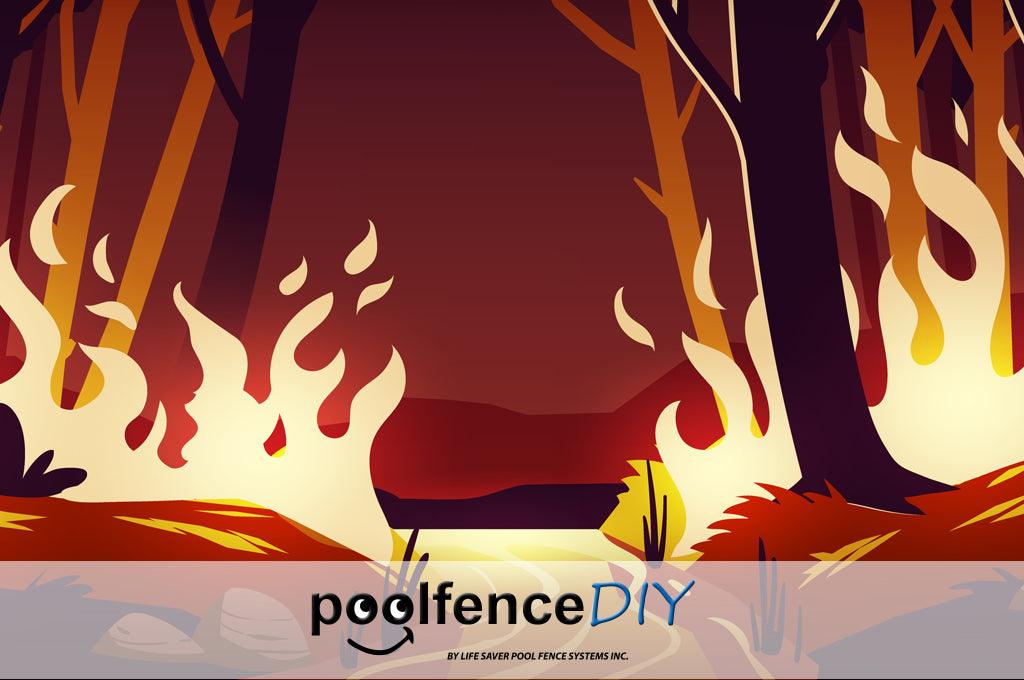Can Wildfires Affect Drinking Water Safety?

Water safety is a serious concern that goes far beyond drowning danger. In recent years, the country has seen a massive increase in dangerous wildfires. Can wildfires affect drinking water safety? It turns out, the answer is yes. Read on to learn more about this potential hazard.
Understanding Wildfires
To begin, wildfires are not always bad. In fact, they are often a necessary component of the natural ecosystem. A natural wildfire can help to refresh a forest, bringing new life and revitalizing the area. That said, things that occur naturally are not always healthy for humans. After all, severe storms and tornados are natural, but can leave a devastating impact on our communities. Recently, wildfires have become an increasing threat in certain regions of the nation. When not controlled or properly prepared for, wildfires can take a massive toll on both human and animal health. These problems come in the form of excessive smoke, as well as destroyed vegetation, wildlife, and infrastructure. In fact, it’s even possible for wildfires to affect drinking water safety.Can Wildfires Affect Drinking Water Safety?
Believe it or not, a raging fire can have both short and long term effects on our water. You see, when wildfires reach urban areas, as we saw last year, it consumes everything. The fire doesn't limit itself to trees. It will burn buildings, cars… anything. This includes tons of plastics, electronics, solar panels, batteries, paint and more. This produces harsh and harmful materials that, if not properly cleaned, will be absorbed and transported to nearby bodies of water. As a result, humans and animals end up drinking water that is harmful to their health. Here’s a brief video from Stanford hydrologist Newsha Ajami discussing how wildfires threaten water quality: https://youtu.be/rrhz_kcYU2gBelow are just a few ways wildfires affect drinking water safety:
- Changes in color, taste, and smell
- Accumulation of ash, soot and other debris
- Increased levels of sediment, heavy metals, and chemicals released by melted plastics and pipes
- Dissolved organic carbons that could potentially contain carcinogens




